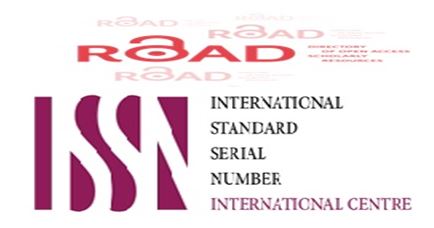Relationship between the microorganisms isolated from septicemic neonates and place of delivery
DOI:
https://doi.org/10.32007/jfacmedbagdad.561434Keywords:
Neonatal septicemia (NNS), Place of delivery, Microorganisms, Neonate.Abstract
Background: Neonatal septicemia is a significant cause of morbidity and mortality worldwide especially so in developing countries. To reduce the mortality caused by neonatal septicemia, it became vital to diagnose it as soon as possible and treat with administration of appropriate antibiotics.
Objective: To study the relationship between themicroorganisms isolated from septicemic neonates with place of delivery.
Patients and Methods: Blood sample was obtained from 76 neonates (50 of them are born in Baghdad teaching hospital (Inborn), 26 of the babies are born at home or in Al-Elwya teaching hospital (out born) ,the laboratory diagnosis for the out born patients done in the same hospital(Al-Elwya teaching hospital .The aged of the neonates ranged from1 hour-28 days. These neonates are diagnosed clinically (poor feeding, respiratory distress, fever, hypothermia, gastrointestinal and/or central nervous system symptoms) and bacteriologically to have neonatal septicemia.
Results:One of the most important neonatal factors predisposing to infection is place of delivery, in our study significant number of babies was had sepsis at inborn group (65.8%) as compared to out born (34.2%). Gram negative bacteria constituted 71% of the total isolates.
(28%) of neonates born in Baghdad teaching hospital (inborn) were infected with K. pneumoniae, (24%) of them were infected with S.aureus, and (10%) of them were infected with E. cloacae and P. aeruginosa equally. On the other hand (26.9%) neonates born at home or in any other hospital (out born) were infected with E. coli followed by Enterobacter species (23%).
Conclusion: inborn babies were at higher risk for infection with K. pneumoniae and S. aureus, whereas out born babies were at risk of E.coli infection.
Downloads
Downloads
Published
Issue
Section
License
For all articles published in Journal of the Faculty of Medicine Baghdad, copyright is retained by the authors. Articles are licensed under an open access Creative Commons CC BY NC 4.0 license, meaning that anyone may download and read the paper for free. In addition, the article may be reused and quoted provided that the original published version is cited. These conditions allow for maximum use and exposure of the work, while ensuring that the authors receive proper rights.



















 Creative Commons Attribution 4.0 International license..
Creative Commons Attribution 4.0 International license..


